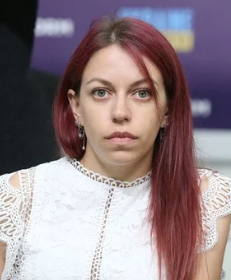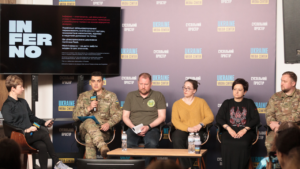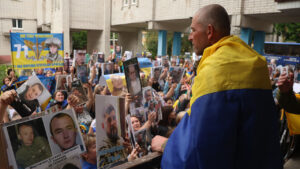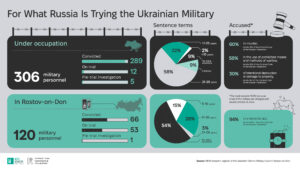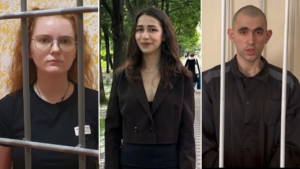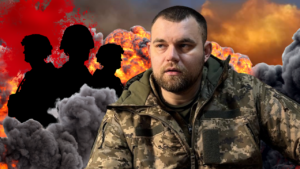The Armed Forces of Ukraine Have Been Assailing a Correctional Colony in the Kursk Region, where Russia Has Been Holding Ukrainian Prisoners. MIHR Interviewed Those Released from the Facility
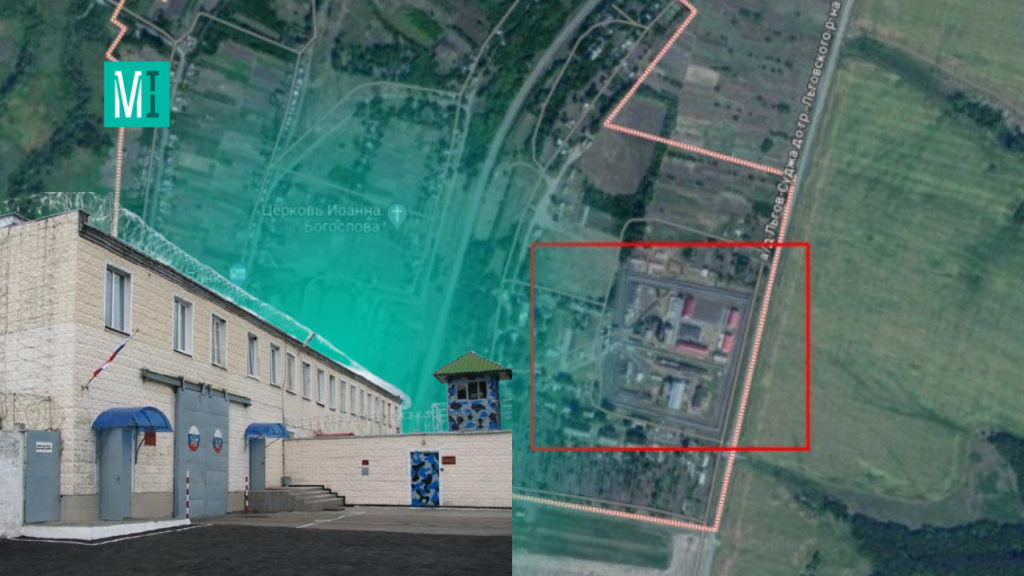
The Ukrainian Defense Forces have been assaulting a female correctional facility in Mala Loknia, Kursk region, where Ukrainian captives—women and men—have been confined for a long time. The seizure of the colony will be a crucial step for Ukraine in gathering evidence of the war crimes committed by Russia against Ukrainian prisoners of war.
Since the beginning of Russia’s full-scale invasion of Ukraine, one of the main places where Ukrainian captives have been held has been a Pre-Trial Detention Center No. 1 in Kursk. Prisoners—civilians and military personnel—were brought there from various directions. Until the end of 2022, there was no information about other locations in the Kursk region used to hold Ukrainians. However, MIHR later discovered that Russian forces were transferring female prisoners to Female Correctional Colony No. 11 in Mala Loknia. This facility is designed to hold over 200 people. As MIHR reports, by the fall of 2022, over 50 military and civilian women were held there.
Correctional Colony No. 11 was originally a Juvenile Detention Center. In 2011, it was repurposed into a female prison. The reconstruction of the buildings was carried out quickly. Within six months, a new two-story prison block was added to the colony, featuring two types of cells: a standard and an upgraded one, the latter furnished with a television, a single bunk, and a wardrobe.

Exterior of the colony
MIHR has documented the testimonies of several prisoners held in Mala Loknia. For example, Ukrainians Nataliia and Kateryna were captured in the spring of 2022 in the occupied city of Mariupol. Before they ended up in the Correctional Colony No. 11, they had changed several detention facilities. They had been held in Olenivka in the Donetsk Region and a Penal Colony in Valuyki, Belgorod Region.
— I spent four months in Mala Loknia. We weren’t tortured, but physical force was used against us, as well as moral humiliation, — Kateryna recounts.
The women were forced to undress and sing the Russian anthem, learn poems about the USSR, and sing songs from World War II. For fun, the guards used stun guns and sometimes set dogs on the women.
— The female guards sometimes treated us even more cruelly than the male ones, — the former prisoner Nataliia notes.
She recalls that Russian prisoners were held in neighboring cells. This is a violation of International Humanitarian Law, as the Geneva Conventions prohibit the detention of prisoners of war together with those convicted of criminal offenses in the same correctional facilities.
— We had no rights there. They would tell us, “You are nobody here; no one knows about you. Your fate will be decided by the administration.” If we started asking too many questions, they would only beat us harder, — the former prisoner of war Nataliia explains.
Civilian Ukrainian women, captured mainly in the Chernihiv and Kharkiv regions, were held in the same cell alongside the female soldiers.
— These women weren’t even explained the grounds for their detention. They were merely accused of some crimes and of opposing the ‘special military operation.’ No regard was given to their age or health condition, — Nataliia recollects.
The women were forced to do physical exercises, which, due to lack of food and physical abuse, worsened their health. During the day, the captives were forbidden to sit, and because of constant standing, many developed problems with their legs.

Clothing for female prisoners. Photo: Screenshot from a report about Correctional Colony No. 11 in Mala Loknia
The former prisoners of war recall that civilian men were brought to the female colony one day. They realized they were in a female colony by the women’s names on the pillowcases. They also saw the colony number on the stamp.
— The admission procedure was terrible. The guards twisted my arms behind my back, slammed my head against a metal grate, and then threw me to the floor. They beat me so hard that my shoe and sock flew off my right foot, — former detainee Volodymyr recounts.
Another man interviewed by MIHR had his ribs broken during the admission. While beating him, the guards shouted, “This is for our friends, this is for the OMON, this is for Maidan, this is for our brothers!” It should be noted that all the newly arrived prisoners that day were civilians and had not participated in combat. Volodymyr stayed in Mala Loknia for a month.
Oleksandr didn’t stay in Mala Loknia for long, either — just a few days. There were 12 people in his cell, and he did not have time to remember anyone. The guards in the corridor ensured that the prisoners did not get to know each other, forced them to read books by Soviet authors and then retell the content. If they stumbled, they would be beaten.
— Later, we were transferred to the Pre-trial Detention Center No. 1 in Kursk. I arrived there already covered in bruises — Oleksandr shared the details. — They slammed our heads against the fence. Some of us were hit in the kidneys, and others had their ribs broken.
The former prisoners failed to remember the faces of the guards or the administration, as they concealed their faces with balaclavas and did not allow the captives to raise their heads when Russians entered the cell. The prisoners themselves were not allowed to leave the cell.
On witnesses’ accounts, the correctional colony in Mala Loknia served as a temporary detention facility before exchanges, with prisoners being kept there for one to several months. After that, they might be taken directly for exchange or returned to the Kursk Pre-trial Detention Center No. 1 or Pre-trial Detention Center No. 2 in Taganrog, Rostov Region.
As a reminder, MIHR has created an interactive online map marking the locations where Russia holds or used to hold Ukrainian prisoners.


